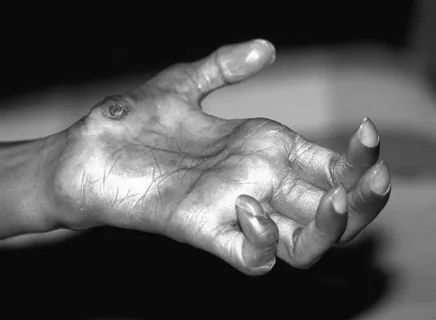Understanding Leprosy: Causes and Characteristics
Leprosy, also known as Hansen’s disease, is a chronic infectious disease caused by the bacterium Mycobacterium leprae. While leprosy is relatively rare in the United States, including Florida, understanding its causes, characteristics, and potential concerns is essential for public health awareness and contingency planning.
Causes of Leprosy
Leprosy is primarily transmitted through respiratory droplets from infected individuals. Key factors contributing to leprosy transmission include:
- Close Contact: Prolonged and close contact with untreated individuals with leprosy increases the risk of transmission.
- Weakened Immune System: Individuals with weakened immune systems, such as those with HIV/AIDS or malnutrition, are more susceptible to contracting leprosy.
- Genetic Predisposition: Certain genetic factors may predispose individuals to leprosy susceptibility, although the exact mechanisms are not fully understood.

Characteristics of Leprosy
Leprosy presents with various clinical manifestations, categorized into different types based on disease severity and immune response. Common characteristics include:
- Skin Lesions: Leprosy often manifests as skin lesions, nodules, or patches with altered sensation or loss of sensation.
- Peripheral Neuropathy: Damage to peripheral nerves can result in sensory loss, muscle weakness, and deformities in hands, feet, and facial features.
- Affect on Organs: In severe cases, leprosy can affect other organs such as the eyes, nose, and respiratory tract, leading to complications and disabilities. Explore More About (Heat Rash)
Florida’s Concerns and Contingencies
While leprosy is considered rare in Florida, certain factors warrant attention and contingency planning to address potential concerns:
1. Geographic Factors
- Climate: Florida’s warm and humid climate provides favorable conditions for the survival of Mycobacterium leprae and may influence disease transmission.
- Population Density: Areas with high population density, such as urban centers and tourist destinations, may pose increased risks of leprosy transmission through close contact.

2. Public Health Surveillance
- Case Reporting: Effective surveillance systems are essential for early detection and reporting of leprosy cases, facilitating prompt intervention and control measures.
- Contact Tracing: Contact tracing of individuals exposed to confirmed leprosy cases is crucial for identifying and managing potential transmission chains.
3. Healthcare Infrastructure
- Diagnostic Services: Access to diagnostic facilities and expertise in leprosy diagnosis and management is critical for timely identification and treatment.
- Health Education: Public health campaigns and educational initiatives can raise awareness about leprosy, its symptoms, and preventive measures among healthcare providers and the general population.
Conclusion
While leprosy remains relatively rare in Florida, understanding the disease’s causes, characteristics, and potential concerns is vital for public health preparedness and contingency planning. By addressing geographic factors, enhancing public health surveillance, and strengthening healthcare infrastructure, Florida can effectively mitigate the risks associated with leprosy and ensure prompt diagnosis and management when needed.












